Weeds & Invasive Plants
All Weeds & Invasive Plants Content
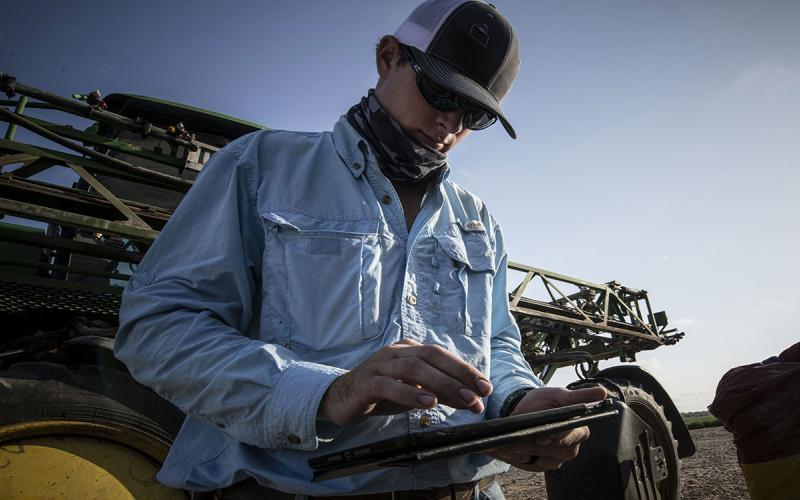
2026 Commercial Applicator Training Online Course
SDSU Extension partners with DANR to offer pesticide certification program required for commercial applicators. The 2026 online course will be offered through Traininghouse and will be open from December 3, 2025, through February 28, 2026.

Crop Hour
SDSU Extension Crop Hour webinars provide valuable information for South Dakota crop producers to help them improve their profitability and prepare for the upcoming season.
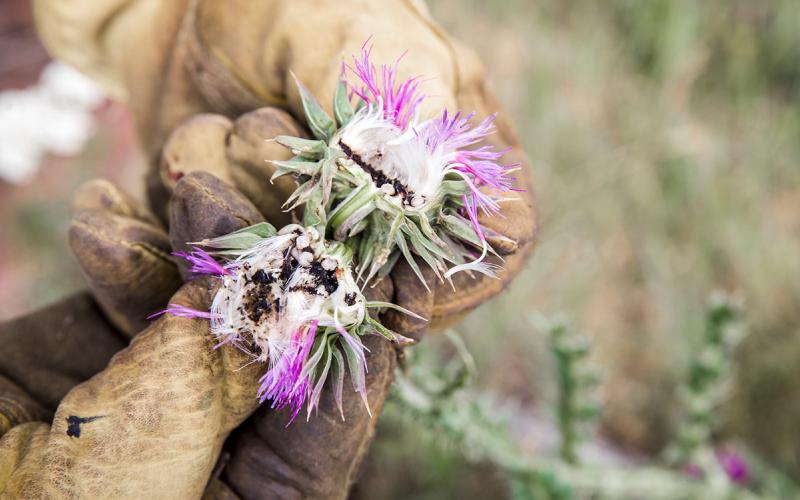
Now is the Time to Plan for Noxious Weed Control in 2026
Most of South Dakota experienced first frosts that were delayed by at least one month, allowing for noxious weed growth to continue later in the season. Now is the time to plan for noxious weed management tactics.
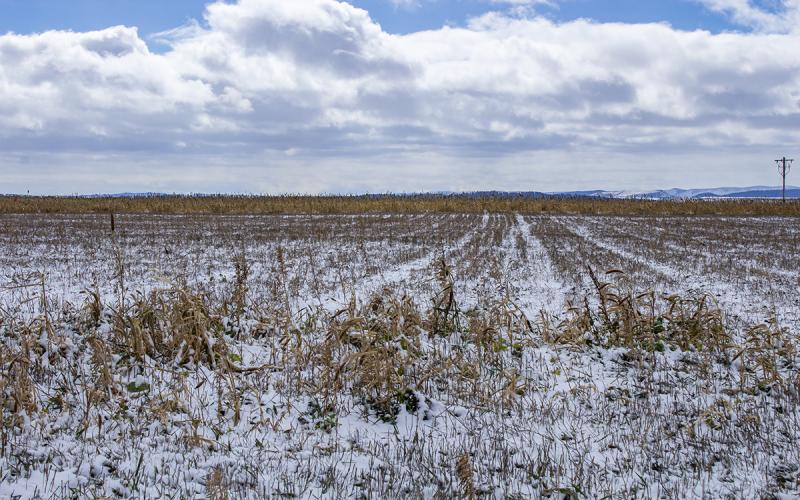
Now is the Time to Prepare Your Weed Management Plan for the 2026 Growing Season
As harvest season comes to an end, now is the time to start formulating your weed management plan for next year. Learn some expert tips for getting your operation off to a good start this coming growing season.

Private Applicator Training for Crops
SDSU Extension will host a free private applicator training for crops on April 15, 2026, from 1:30 - 4:30 p.m. CT (12:30 - 3:30 p.m. MT). Participants have the option to attend online or at various locations across the state.
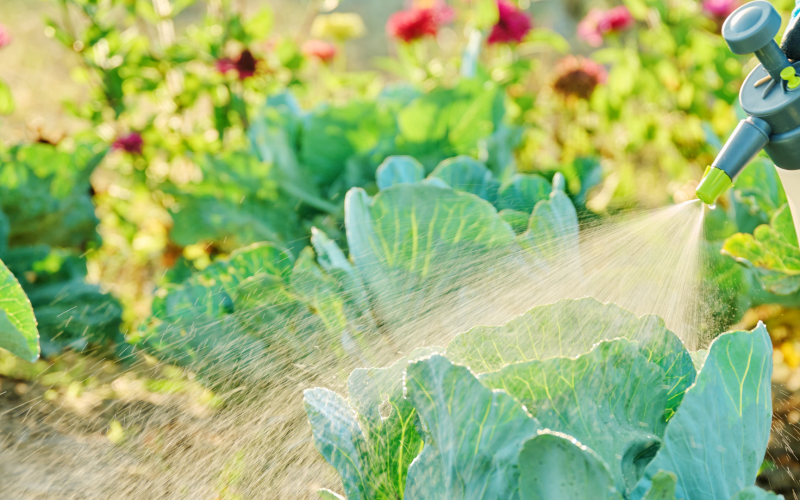
Private Applicator Training for Specialty Crops
SDSU Extension will host a free private applicator training for specialty crops on March 18, 2026, from 1:30 - 4:30 p.m. CT (12:30 - 3:30 p.m. MT). Participants have the option to attend online or at various locations across the state.

Private Applicator Training for Crops
SDSU Extension will host a free private applicator training for crops on January 21, 2026, from 1:30 - 4:30 p.m. CT (12:30 - 3:30 p.m. MT). Participants have the option to attend online or at various locations across the state.
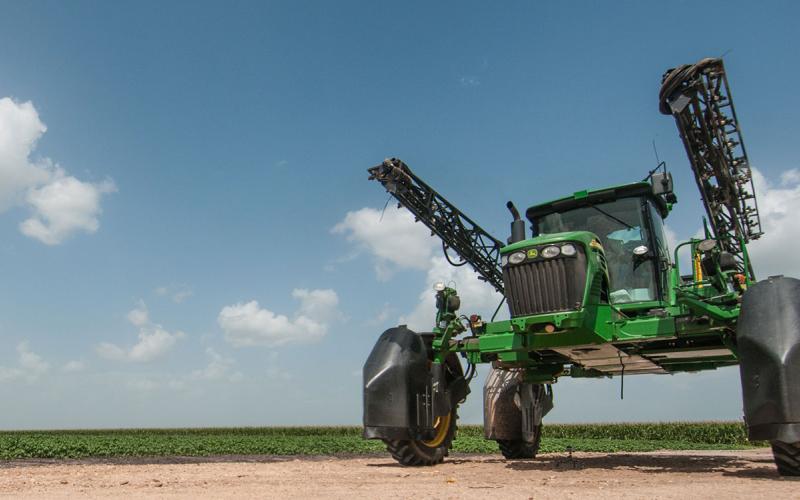
Commercial Applicator Training @ Aberdeen
SDSU Extension will host commercial applicator training in Aberdeen at the Dakota Event Center (720 Lamont St S, Aberdeen, SD 57401) on February 3, 2026, from 8:30 a.m. - 4:00 p.m. CST.
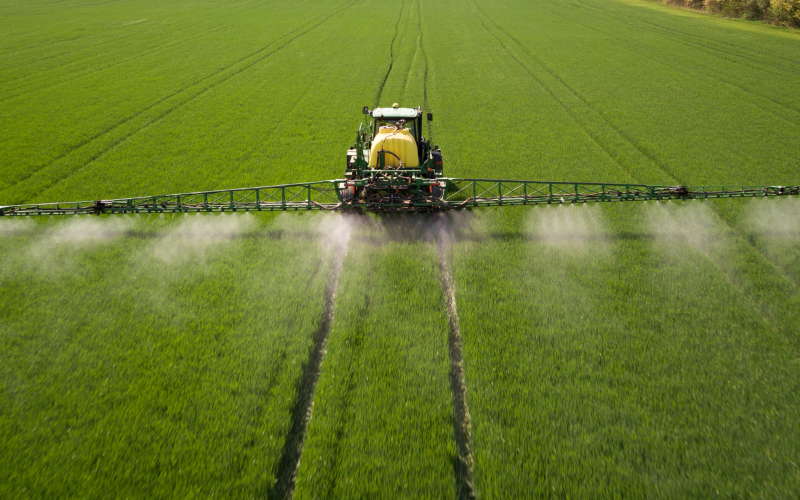
Commercial Applicator Training @ Ft. Pierre
SDSU Extension will host commercial applicator training in Ft. Pierre at the AmericInn by Wyndham (312 Island Dr, Ft. Pierre SD 57532) on February 26, 2026, from 8:30 a.m. - 4:00 p.m. CST.
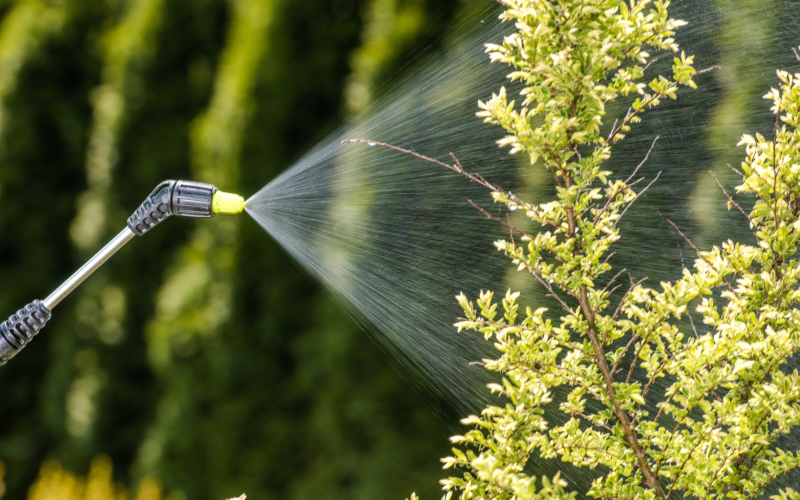
Commercial Ornamental/Turf Applicator Training @ Rapid City
SDSU Extension will host ornamental and turf commercial applicator training in Rapid City at the Ramkota (2111 N LaCrosse St, Rapid City, SD 57701) on February 25, 2026, from 9:30 a.m. – 4:30 p.m. MT.